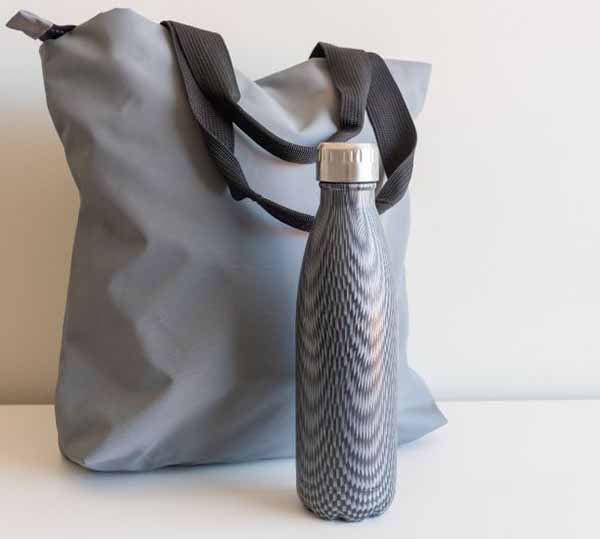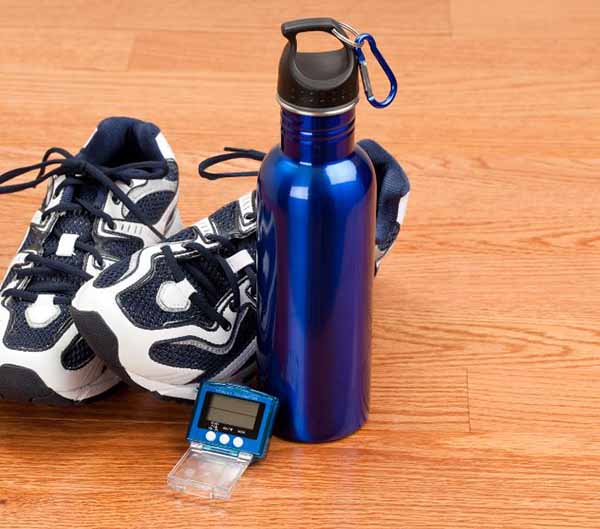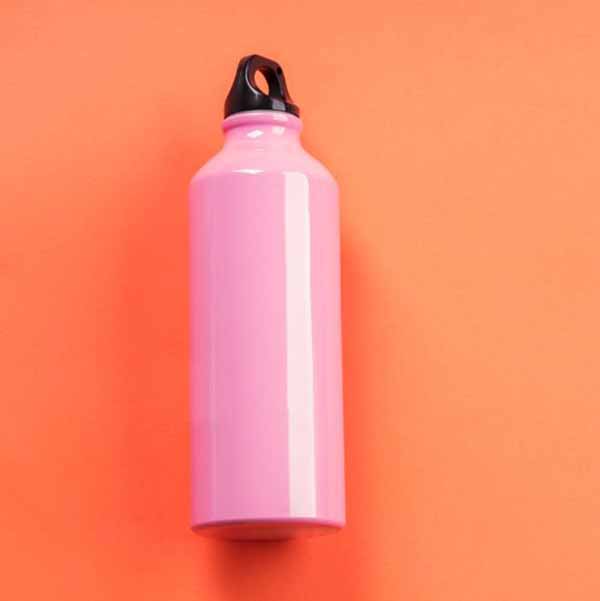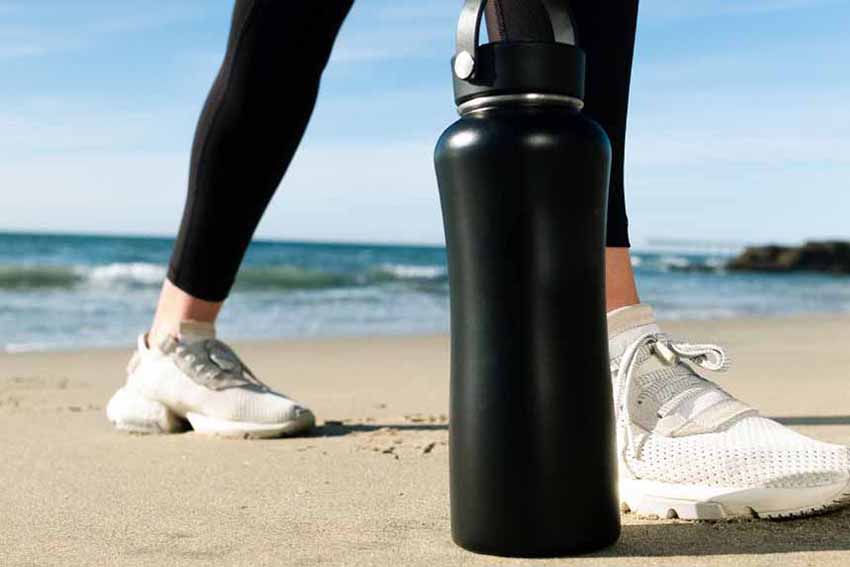We all know about a magic bottle that can keep cold beverages cold for hours and hot ones hot for hours. But do the bottles pose any health risks? Are they less convenient than regular water bottles? These questions can come to mind when you think about ‘insulated water bottle or normal bottle?’
The answer depends on your needs. Insulated bottles are great for temperature retention and are durable. However, they are heavier and more expensive. Normal bottles are lighter, cheaper, and hold more water but do not maintain temperature.
We know the short answer is not sufficient to make the final decision. Let us walk you through the detailed differences and comparisons between insulated and normal water bottles so you can make a wise choice.
Insulated Water Bottle vs Normal Bottle- A Quick Comparison

Let’s start with a quick comparison (in case you are in a rush!).
| Comparison Factors | Insulated Water Bottle | Normal Bottle |
| Best for | Ideal for long trips, hiking, and maintaining beverage temperature | Suitable for short trips, gym workouts, daily hydration |
| Temperature Retention | Keeps beverages hot or cold for 12-24 hours | No insulation, so drinks reach room temperature quickly |
| Material | Typically stainless steel, sometimes glass or ceramic coated | Plastic, glass, stainless steel |
| Durability | Highly durable, resistant to impact and corrosion | Varies widely; plastic can crack, and glass can break |
| Cost | Generally more expensive ($20-$50+) | More affordable ($5-$20) |
| Weight | Heavier due to double-wall construction | Lightweight, especially plastic bottles |
| Eco-Friendliness | Often reusable and reduces single-use plastic waste | Can be reusable, but plastic bottles may contribute to waste |
How Do Insulated Water Bottles Work?
Insulated water bottles maintain the temperature of liquids for extended periods. They use thermal insulation to prevent heat transfer. This feature ensures that beverages stay hot or cold longer. There are primarily three types of insulated water bottles: vacuum-sealed and double-walled.
Single-Wall Insulation
Single-wall insulated bottles are simpler in construction. They feature only one layer of material.
Unlike vacuum-sealed or double-walled bottles, single-wall insulation provides minimal thermal protection. These bottles primarily rely on the insulating properties of the material itself, such as stainless steel, to offer some degree of temperature retention.
While they do not keep beverages hot or cold for as long as other insulated bottles, single-wall bottles are lighter and more portable.
A wide range of users prioritize single-wall insulated bottles for short-term use. These bottles are more affordable, which makes them a practical choice for everyday hydration needs.
Vacuum-Seal Insulated Water Bottles
These bottles feature a vacuum between the inner and outer walls. This vacuum is free of air molecules which helps the reduction of heat transfer through conduction.
By creating a space without air, thermal energy from the external environment cannot easily affect the liquid inside. This design works like a boss at maintaining the temperature of beverages, whether hot or cold, for prolonged periods.
The vacuum acts as an effective barrier and prevents heat from entering or leaving the bottle.
Double-Walled Insulated Water Bottles
These bottles have two layers of material with an insulating layer, such as foam, in between.
It’s not possible to make a perfect vacuum between the bottle’s walls, but removing most of the air helps stop heat transfer. This means heat can only move through radiation, not convection.
The insulation is much better because there are fewer ways for heat to escape. This design is great for keeping drinks hot or cold for a long time.

What Makes Insulated Water Bottles Different From Normal Bottles?
This time we will let you know all the details regarding insulated and normal water bottles including their properties, features, and benefits.
Temperature Retention
The first factor that differentiates an insulated water bottle from a normal one is its temperature retention. Insulated water bottles keep your beverages hot or cold for up to 12-24 hours. So, you can enjoy cold water throughout the whole day of a scorching summer day.
These bottles achieve this insulation through advanced insulation technologies like vacuum sealing or double-wall construction.
Normal bottles, on the other hand, cannot control temperature. The drinks quickly adjust to the surrounding temperature which makes them less suitable for long, outdoor activities.
Material and Construction
Insulated water bottles usually use high-quality materials like stainless steel, sometimes with additional layers such as copper or ceramic coatings. These materials enhance durability and insulation.
In contrast, normal bottles are more commonly made from plastic, glass, or single-layer metal. These materials are less effective at temperature control.
Weight and Portability
Insulated water bottles are generally heavier due to their double-wall construction and additional insulating materials. This can make them less convenient to carry on the go, especially for long periods.
Normal bottles are usually lighter and easier to carry. It makes them a better choice for situations where weight and portability are primary concerns, such as during workouts or short trips.
Cost and Value
Insulated water bottles are often more expensive, ranging from $20 to $50 or more. However, their ability to maintain beverage temperature and their durability can offer better long-term value.
Normal bottles are more affordable. They usually cost between $5 and $20, but they lack the same level of performance and longevity. This fact makes them a less cost-effective option over time.
Eco-Friendliness
Insulated water bottles reduce the need for single-use plastic bottles and contribute to environmental sustainability.
Their durability means they can be reused for many years, decreasing plastic waste.
Normal bottles (particularly disposable plastic ones) contribute significantly to environmental pollution. Even normal reusable bottles may need to be replaced more frequently and lead to a higher environmental impact over time.
Health and Safety
Insulated water bottles are mostly made from food-grade, BPA-free materials. It ensures that these bottles do not leach harmful chemicals into beverages. They are designed to keep drinks safe to drink from.
Normal bottles, especially plastic ones, can sometimes contain BPA or other harmful substances that may leach into the liquid. These substances pose health risks over time.
Glass bottles are a safer alternative but are less durable.
Cleaning and Maintenance
Like weight and cost comparison, insulated water bottles may lose the game in this case.
Insulated water bottles can be more challenging to clean due to their complex construction. Cleaning will be even more difficult if they have narrow openings or are not dishwasher-safe.
But normal bottles are generally easier to clean. They are often dishwasher safe as they have fewer components. This makes them more convenient for daily use and maintenance.

When Should You Go for Normal Water Bottles?
So, if you think insulated water bottles are not the right option for you, cross-check the information on normal water bottles to understand them better. Here are the features and benefits you can expect from regular water bottles.
Lighter and Thinner
Normal water bottles, often made from plastic or single-wall stainless steel, are much lighter than insulated bottles. Their slim and lightweight design makes them ideal for school bags, gym bags, and car cup holders.
These bottles are about 50% to 60% lighter. So, yes, they are way easier to handle and carry around all day.
Holds More Water
Since normal water bottles don’t have additional layers for insulation, they can hold more water.
For example, a standard 750ml bottle can be the same size as a smaller insulated bottle but with a larger capacity.
This makes them excellent for activities where staying hydrated is a must, like sports, hiking, and everyday use.
Safe (Not All)
Normal water bottles are safe to drink from as long as you can ensure that the bottle is made from BPA-free materials. If it’s made of Tritan, Polyethylene Terephthalate (PET or PETE), High-Density Polyethylene (HDPE), and other FDA-approved plastic, you have nothing to worry about the bottle’s safety.
Cost-Effective
Normal water bottles are generally more affordable than insulated ones. They are around $10 cheaper. It makes them a great option for those looking to save money while still getting a durable and safe water bottle.
FAQs
Why are Insulated Water Bottles So Popular?
Insulated water bottles are popular because they keep drinks hot or cold for hours. They are durable and reduce the need for single-use plastic bottles. They are also versatile and suitable for various activities like hiking, commuting, and workouts. Their eco-friendly nature also attracts people who seek convenience and sustainability.
Do Insulated Water Bottles Sweat?
No, insulated water bottles do not sweat. Their double-wall construction prevents condensation from forming on the outside. This insulation keeps the temperature stable inside without affecting the bottle’s exterior. It keeps your hands and bags dry.
Can You Freeze Water in a Stainless Steel Water Bottle?
No, you should not freeze water in a stainless steel water bottle. Freezing water expands and can damage the bottle’s insulation. It will compromise the bottle’s ability to keep drinks hot or cold.
Instead, freeze water in a separate container and transfer it to the steel bottle when ready.
Last Words
Now you can easily decide- an insulated water bottle or a normal bottle!
Insulated bottles keep drinks hot or cold for hours; they are durable and eco-friendly but are heavier and more expensive.
Normal bottles are lighter, cheaper, and hold more water but lack temperature control. Both options offer safe and reliable hydration solutions. Consider your daily activities and preferences to decide which type suits you best.

